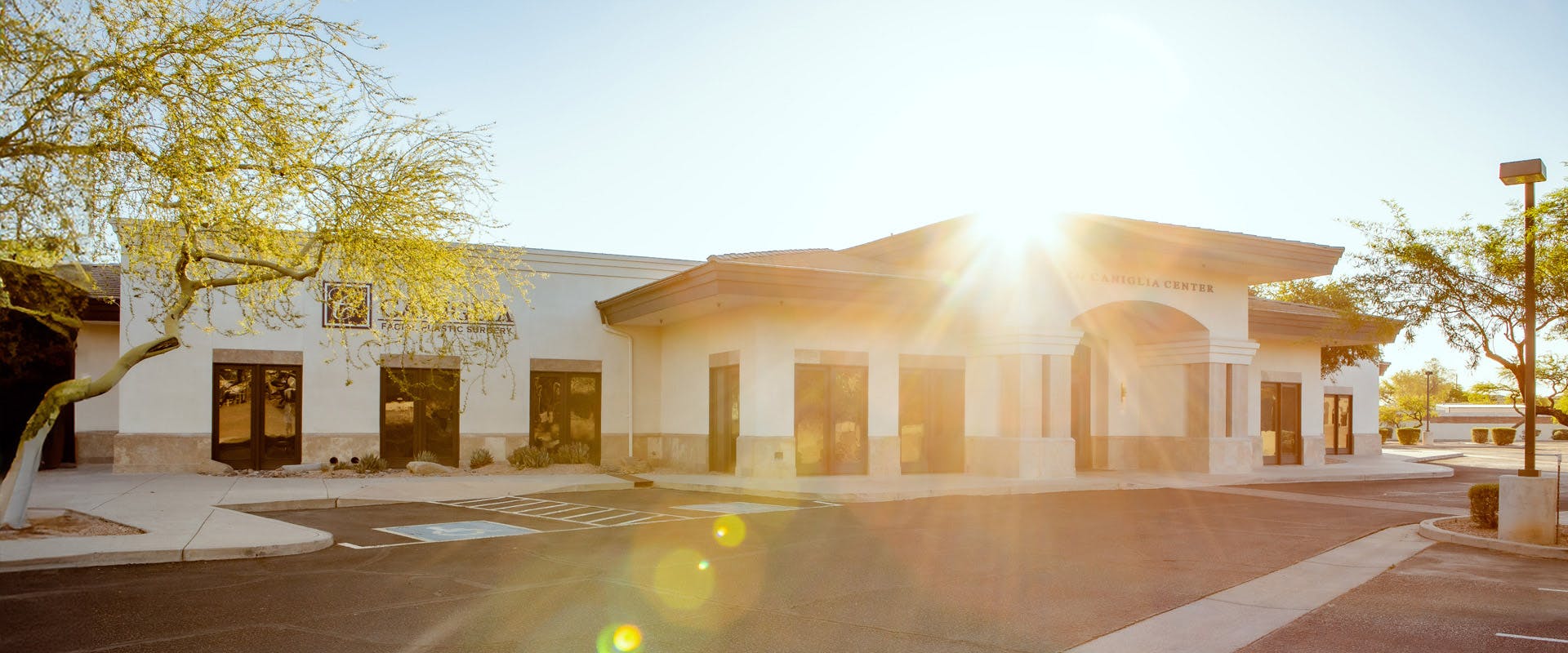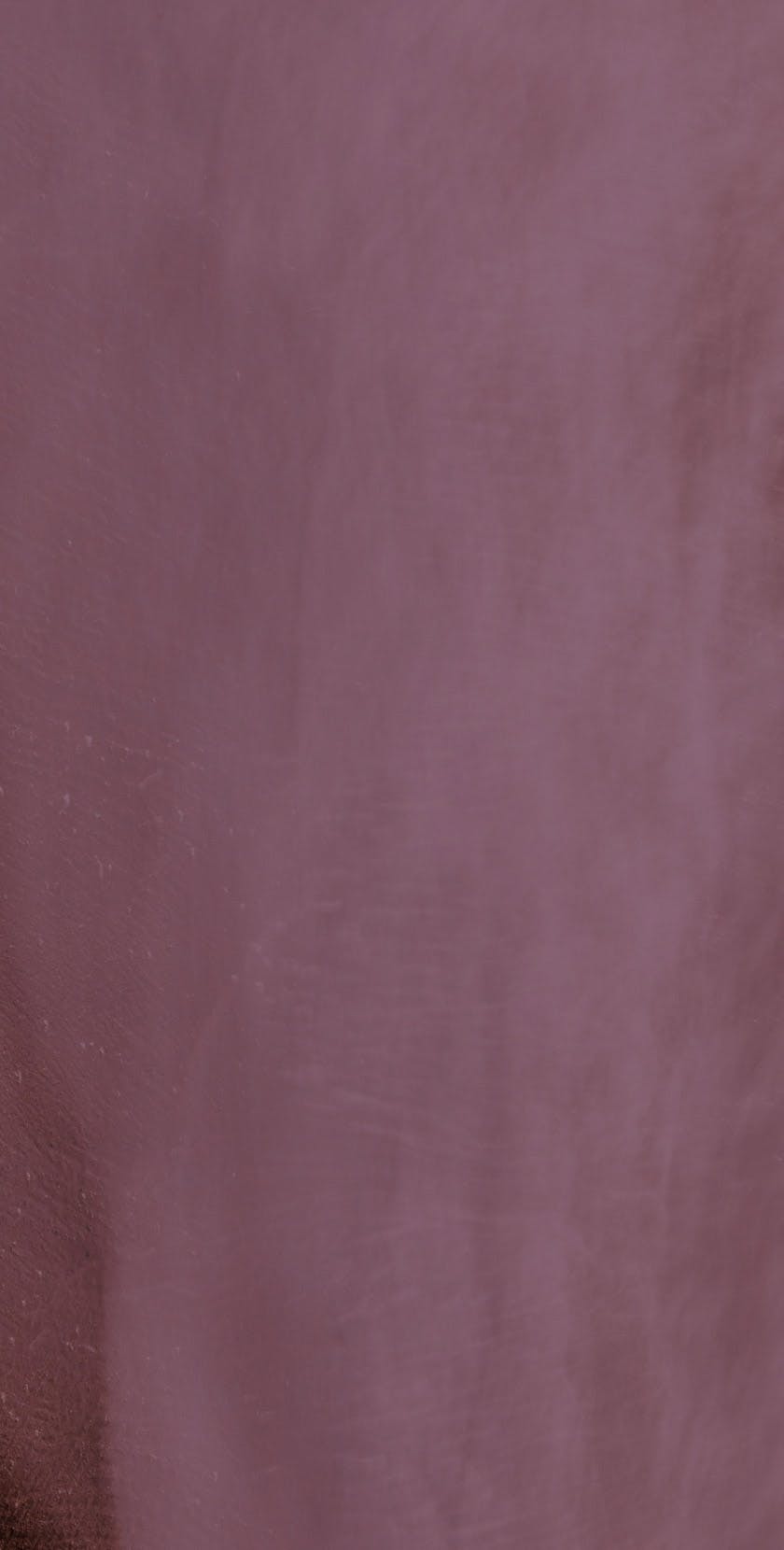We offer a huge variety of different options for addressing your concerns with your appearance. Among the nonsurgical treatment modalities available here are intense pulsed light (Photofacial) and laser skin resurfacing. Both of these modalities use light to affect the skin, but they’re different from each other, with their own advantages and disadvantages. How are they different? When might you want to choose each one?
How does light affect the skin?
With both laser and IPL, the treatment is accomplished using light. In general, skin treatments that are based on light work by creating localized and controlled tissue damage, usually through heating of tissue. This activates the body’s healing response. It’s the healing process that ultimately creates the beneficial results of the treatment.
Particular structures in the skin may absorb light differently; for example, dark spots on the skin will absorb more light than the surrounding areas. This can allow the treatment to target unwanted spots so that the body naturally removes them.
Laser skin resurfacing uses an intensely focused beam of light
Lasers use light of one specific wavelength (meaning that it’s all one color) at a constant brightness. The light is intensely concentrated to give it more power. Depending on the type of laser and how it's used, a laser treatment can be ablative (which means that it disrupts the surface of the skin) or non-ablative. We have a few different lasers available here in the office.
In general, laser skin resurfacing has the ability to get more dramatic results than IPL. Ablative laser treatments give the most dramatic results. This may be preferred by those who want more rejuvenation or who have more severe concerns that they’d like to address with their treatment. In these cases, laser skin resurfacing may be the only treatment powerful enough to get the desired results. At the same time, the more powerful treatment also causes more side effects, and there is generally more downtime required after a laser treatment than after IPL.
IPL uses a wider beam of light with varying intensity
Photofacial uses intense pulsed light (IPL). This uses intermittent flashes of light, rather than a beam of constant brightness. With IPL, the light beam is also spread out a little more, rather than intensely focused onto a small area. This form of treatment is gentler, in general, than laser treatments are. IPL is non-ablative, and so the recovery is generally easier than with many laser treatments. However, the results may not be as dramatic, especially for certain skin conditions.
How deeply the light penetrates into the skin is related to its wavelength (color). Red light has a longer wavelength than blue light, so red light is able to penetrate into deeper layers of the skin, while blue light stays more shallow. During an IPL treatment, the selection of the right wavelength for the particular issue that you’re having is a crucial part of treatment. The device itself produces a broad range of wavelengths, but these can be filtered in order to target the treatment.
Which one is better? Laser or Photofacial?
Neither of these treatments is “better” overall, in every situation. Laser skin resurfacing and IPL each have their own advantages and disadvantages, and would be appropriate in different situations. Which one you choose depends on many factors. For example, if you’re willing to tolerate more downtime in order to get more dramatic results, then you might choose laser treatment. We even have a system that combines both laser and IPL!
To help you figure out which of them would be right for you, a consultation with a professional would be helpful. If you are considering one of these treatments, we invite you to schedule a consultation with Dr. Caniglia. During this consultation, he’ll learn about your medical history as well as your goals for your treatment, and will examine your skin. This allows him to explain your options to you and make recommendations, as well as answer any questions that you may have. To schedule your appointment, simply contact our office.




